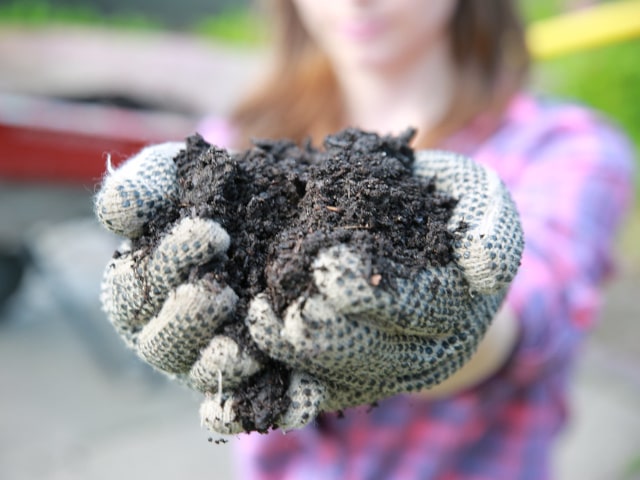
New gardeners often don't understand how to make their soil great. They will observe other, more experienced gardeners, getting much better results and can assume it's because these people simply "have better soil". No. To get the most of your garden soil, you will need to invest a lot of time and effort. Great soil doesn't "just happen" - it has to be made.
To understand your soil, you need to always keep in mind that it's a living, productive organism. You can do a lot to improve poor, unproductive soil and make it rich and fertile, but it doesn't just "happen" - it requires a lot of effort. In fact, having rich and fertile soil is probably one of the greatest gardening achievements you can make.
The good news is that any soil can be improved. It requires time and effort, but it can be done. There are some effective tips on how to improve your soil and make it rich and fertile. Here are some important things you need to remember about garden soil:
Any Soil Can Be Improved
Almost any, that is. On some rare cases, the soil is so poor that nothing can be done, but it almost never happens. Chances are that you will be able to turn your soil into more productive, even if it's a poor, unproductive mess at the moment. Even the infertile, stubborn subsoil can be improved.
To do it right, however, you will need to invest time and effort. You will need to learn how to improve it. Pouring some fertilizer or conditions is not enough. It can help, but it requires much more work.
Soil Chemistry and Biology
To understand your soil, you need to understand its properties (chemical, biological, even physical). This is what makes your soil into what it is (productive or unproductive, fertile or infertile).
To have good soil, it has to have satisfying properties:
- It has to contain enough nutrients your plants need. It also has to be of satisfactory acid-alkaline reaction. It also has to be free of any toxins that can harm plants and other organisms.
- It should contain enough of helpful microorganism and minimal amount of harmful ones. Also, keep in mind that improving your soil's biological conditions will also improve the soil as a whole.
- Good soil has appropriate structure that will allow for easy water draining and air circulation. At the same time, it shouldn't be so loose not to retain enough moisture and nutrients your plants need.
Fertilizers Help
Fertilizers can help your soil a lot and they are easily added. However, keep in mind that this isn't enough on its own. Combined with other methods of soil improvement, however, it can be very effective.
Fertilizers are easy to get and there are so many ones to choose from. When picking fertilizers, keep in mind on the three numbers shown on the package. These number indicate the percentages of three essential elements (nutrients): nitrogen, phosphorus (phosphoric acid) and potash. However, these numbers don't indicate the form in which the nitrogen is, and that's something you should keep in mind.
While nitrogen is nitrogen, regardless of how you get it (from organic sources or synthetic sources). However, keep in mind that old-time synthetics, such as nitrate, urea or soda and sulphate of ammonia, are very soluble. They are quickly available and very quickly lost from the soil by leaching and other means. It means that they can provide quick results but not long-term ones.
Organic nitrogen, on the other hand, is available for a longer time, though it takes some time for it to start working. There are also some new synthetics (derived from urea and formaldehyde) that can release nitrogen slowly.
Usually, the best fertilizers you can use are those that contain both slow-acting nitrogen and the fast-acting one.
All Plants Need Fertilizer
Keep in mind that almost all garden plants need at least some form of fertilizer. If you are unsure about the exact fertilizer requirements of your plants, it's best to go with general fertilizer amounts. A good one to choose is a general complete fertilizer in percentages such as 5-10-5, 10-6-4, 4-8-4, etc. These will satisfy the needs of most plants. It's also cheaper to buy more of the same fertilizer than smaller amounts of different ones.
However, it's also important to make sure that your plants don't have very specific fertilizer requirements. In these cases, you will follow these exact requirements to make your plants thrive.
Acid-loving plants (rhododendrons, azaleas, leucothoe. blueberries and heathers) like only acid or neutral fertilizers. Never use alkaline fertilizers on these plants.
Also, keep in mind that your soil has to be in good physical condition for fertilizer to work.
Fertilizer should be applied at the time of planting (when you're trying to make the soil as fertile as possible). In the case of permanent crops (such as shrubs, trees, evergreens, lawns and perennials), it's best to fertilize them each spring, when the new growth begins. Another time to apply fertilizer is in the early fall. You may also need to fertilize a bit in the summer or during the growing season, but that will depend on your plants. When fertilizing, you can use dry or liquid fertilizers, but keep in mind that usually, "less is more". Over-fertilization is bad both for your plants and the soil.
Think About the pH Factor
Another thing you should keep in mind is the pH factor of the soil. Luckily, new researches point out that the plants are generally more tolerant to different pH values than we used to think. Actually, most plants can tolerate a wide range of pH factors. Most plants will thrive in the soil that has pH factor between 6 and 7, or even slightly above 7. There are some very acid-loving plants that need soil with pH factor between 5 and 6, but they are rare.
To determine the pH value of your soil, you need to perform a soil test. You can call a professional or test the soil by yourself, using a handy test soil kit. This will help you see if pH values of your garden soil are acceptable. If they aren't, you will need to use some soil amendments to improve the soil.
- If your soil is too acidic: correct it using hydrated lime or ground limestone.
- If your soil is too alkaline: this is more difficult to correct. Try improving it using acid organic materials (such as peat moss). Apply a lot of these organic materials.
Improving Drainage
Before you even start to improve your soil, you need to familiarize yourself with its properties, its look and its content. Dig holes a couple of feet deep to check drainage. In case the water stays in the hole for several days (on the depth of 18 inches or deeper), the drainage properties of the soil are bad. It can happen due a layer of clay.
To correct this, you will need to use deep digging and plowing to get rid of the problem. It's also possible that the entire soil is waterlogged. It's needed to use agricultural drain pipes to correct this condition.
Add Organics
Adding a large amount of organic material will sure help your soil (unless your soil is muck, peat or another type derived from organic matter decay). Adding organic materials will improve the soil's biological properties and make it more fertile. This matter will feed the organisms in the soil, and it's beneficial for your plants. The matter will also provide nutrients your plants need.
Good sources of organic materials include animal manure, compost, sedge peat (commercial humus), leaf mold and peat moss. You may also use organics such as seaweed, well-rotted sawdust or hops from breweries. It;s best to use a compost pile to work some organic matter into your soil.
Another good way to add humus and make the soil more fertile is through green manure. "Green manuring" means growing cover crops and then turning them under when they reach 6-8 inches in height. Plants such as winter rye makes a great cover crop.
Improving Clay Soil
There are some effective ways you can use to improve clay soil. You can mix fine coal cinders (not dusty ash - choose the one with gritty particles). Some people also use coarse sand, but it should be used with caution. Some clay soils will react with the sand to create a kind of concrete, which is worse than the original clay soil.
There are also some synthetic soil conditions you can use. These will usually hold up for a few years and improve the structure of your soil. However, some gardeners don't report great results with soil conditioners so you need to use them carefully and see what kind of results you'll get.
Photo credit: MPCA Photos
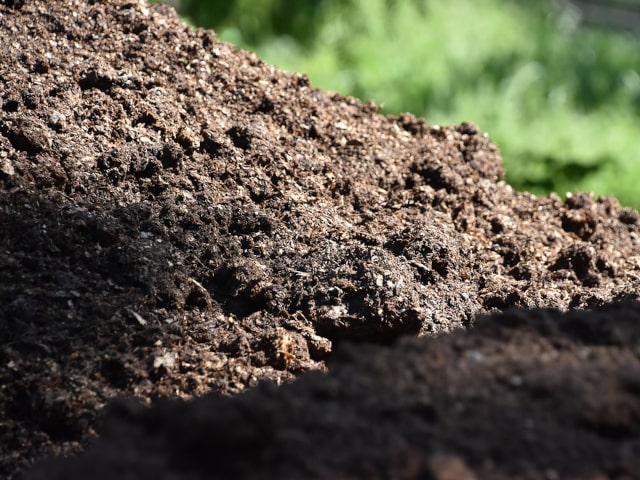
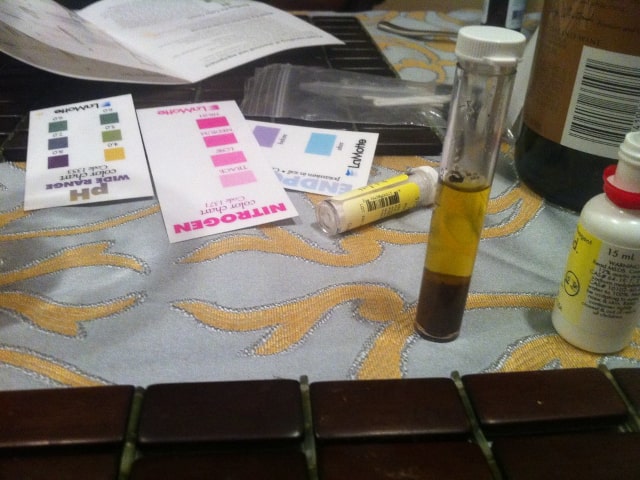
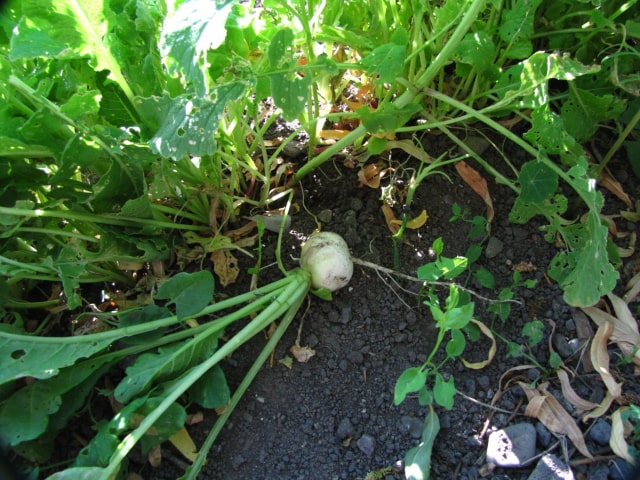
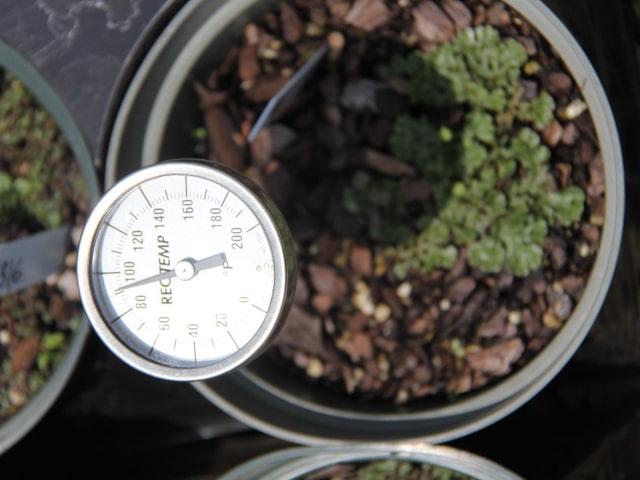
0 Comments